Home>Gardening & Outdoor>Landscaping Ideas>How To Plant Grass In Bare Spots On My Lawn
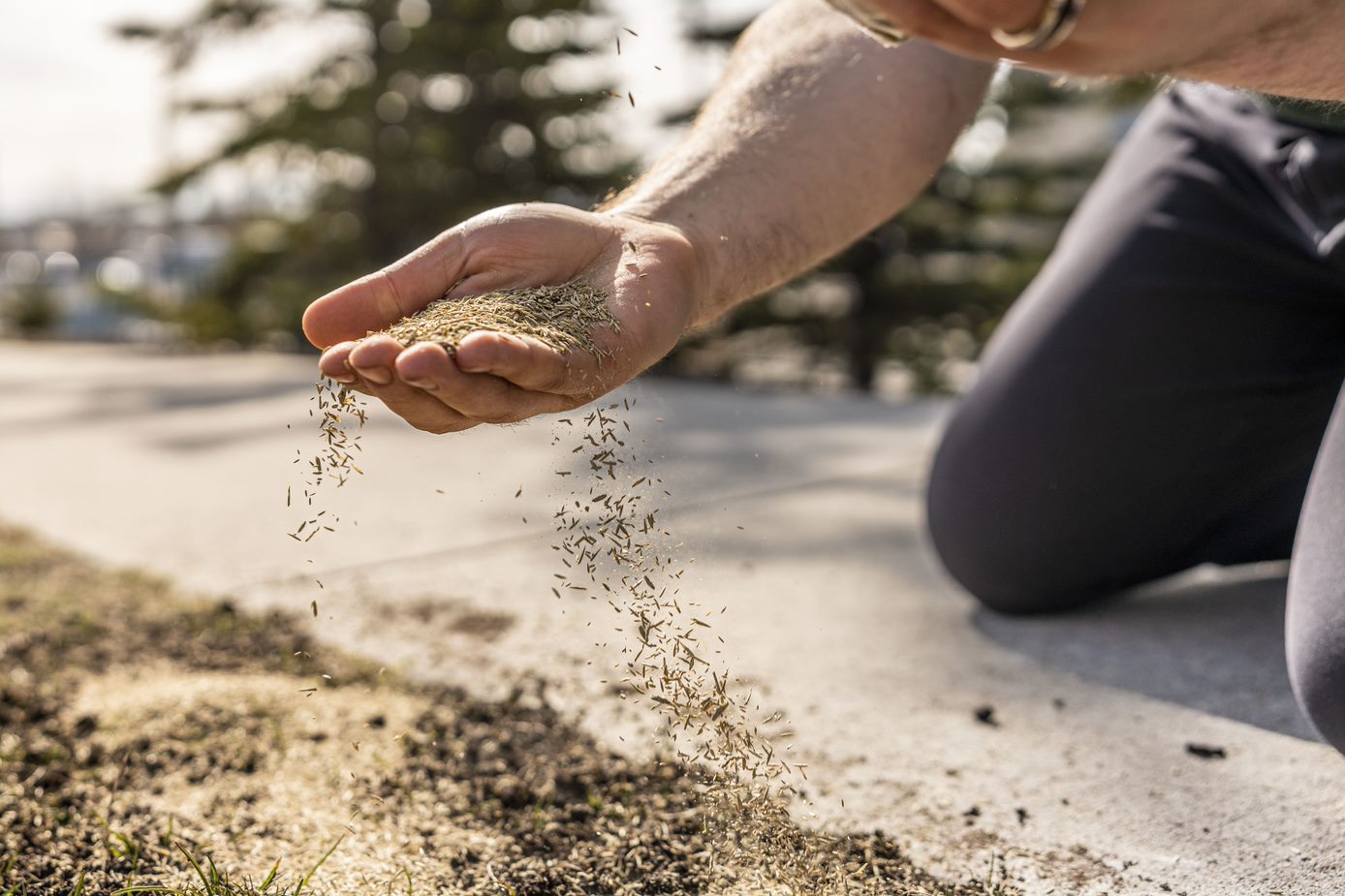

Landscaping Ideas
How To Plant Grass In Bare Spots On My Lawn
Modified: February 18, 2024
Learn effective landscaping ideas for planting grass in bare spots on your lawn. Get expert tips and techniques for a lush, green yard.
(Many of the links in this article redirect to a specific reviewed product. Your purchase of these products through affiliate links helps to generate commission for Storables.com, at no extra cost. Learn more)
**
Introduction
**
So, you've noticed some unsightly bare spots marring the beauty of your otherwise lush lawn. It happens to the best of us. Whether it's due to heavy foot traffic, pet activities, lawn diseases, or other factors, bare spots can detract from the overall appeal of your yard. But fear not, for with a little know-how and some tender loving care, you can restore those bare patches to their former green glory.
In this comprehensive guide, we'll walk you through the process of planting grass in bare spots on your lawn. We'll cover everything from assessing the bare spots and choosing the right grass seed to preparing the soil, planting the grass seed, and providing the necessary care for optimal growth. By the time you're finished reading, you'll be equipped with the knowledge and confidence to tackle those bare spots head-on and transform them into healthy, vibrant patches of green.
Let's dive in and rejuvenate your lawn!
**
Key Takeaways:
- Choose the right grass seed based on your local climate, soil type, and sunlight to ensure successful reseeding and sustained growth in bare spots on your lawn.
- Provide consistent watering and essential maintenance to nurture the newly established grass, transforming unsightly patches into vibrant, lush areas that enhance the beauty of your outdoor space.
Read more: How To Fill In Bermuda Grass Bare Spots
Assessing the Bare Spots
**
Before diving into the grass planting process, it's crucial to assess the bare spots on your lawn. Understanding the underlying causes of these patches will help you address the issues effectively and prevent future recurrences.
Start by identifying the size and shape of the bare spots. Are they small, isolated patches or larger areas of widespread damage? This initial assessment will guide your approach to treatment and determine the quantity of grass seed needed for reseeding.
Next, consider the potential causes of the bare spots. Heavy foot traffic, pet urine, lawn mower scalping, compacted soil, and lawn diseases are common culprits. By pinpointing the root cause, you can implement measures to mitigate the issue and prevent further damage in the future.
Additionally, evaluate the surrounding environment. Take note of the amount of sunlight the area receives, the soil composition, and the drainage patterns. These factors will influence your choice of grass seed and the subsequent maintenance requirements.
By thoroughly assessing the bare spots, you can tailor your approach to effectively address the underlying issues and set the stage for successful grass reseeding. Armed with this valuable information, you're ready to move on to the next crucial step: choosing the right grass seed.
**
Choosing the Right Grass Seed
**
When it comes to revitalizing bare spots on your lawn, selecting the right grass seed is paramount to achieving a lush and uniform green carpet. Several factors should influence your choice, including the local climate, soil type, and the amount of sunlight the area receives.
Begin by determining the climate zone in which your lawn is located. Cool-season grasses, such as Kentucky bluegrass and fescue, thrive in northern regions with cold winters and hot summers. In contrast, warm-season grasses like Bermuda grass and Zoysia grass are better suited to the heat of southern climates. Selecting a grass seed variety that is well-adapted to your local climate will promote healthy growth and resilience against environmental stressors.
Consider the soil type prevalent in the bare spots. Is the soil sandy, loamy, or clay-based? Different grass species have varying soil preferences, so it's essential to choose a seed mix that aligns with the soil conditions in your lawn. For instance, fine fescues tolerate poor soil drainage, while perennial ryegrass thrives in well-draining, fertile soils.
Next, evaluate the amount of sunlight the bare spots receive throughout the day. Some grasses, like fine fescues and shade-tolerant varieties, flourish in shaded areas, while others, such as Bermuda grass and buffalo grass, demand ample sunlight to thrive. Matching the grass seed to the light conditions of the bare spots will ensure successful establishment and sustained growth.
It's also worth considering the intended use of the reseeded areas. If the bare spots endure heavy foot traffic, prioritize grass varieties known for their durability and quick recovery, such as perennial ryegrass and Kentucky bluegrass.
By carefully considering these factors, you can select the most suitable grass seed for your bare spots, setting the stage for successful reseeding and a revitalized lawn. With the right grass seed in hand, it's time to prepare the soil for optimal growth.
**
Preparing the Soil
**
Before sowing the chosen grass seed, it's essential to prepare the soil in the bare spots to create an optimal environment for germination and growth. Proper soil preparation sets the stage for successful establishment and ensures that the newly planted grass seeds have the best chance to thrive.
Start by clearing the bare spots of any debris, such as rocks, dead grass, or weeds. Raking the area will help loosen the soil and remove any surface impediments, creating a clean canvas for the new grass seeds.
Next, consider aerating the soil if it is compacted. Compacted soil can hinder water infiltration and root development, impeding the growth of newly planted grass. Aeration can be achieved using a garden fork or a specialized aerating tool, allowing air, water, and nutrients to penetrate the soil more effectively.
Once the soil is cleared and aerated, consider enriching it with organic matter. Mixing in compost or well-rotted manure can improve soil structure, enhance moisture retention, and provide essential nutrients for the developing grass seedlings. This step is particularly beneficial for bare spots in poor or depleted soil conditions.
After amending the soil, use a rake to create a level surface, breaking up any large clumps and smoothing out the area. A level surface promotes uniform seed distribution and facilitates consistent growth across the reseeded patches.
Finally, consider applying a starter fertilizer specifically formulated for new seedlings. A high-phosphorus fertilizer can encourage robust root development, aiding the establishment of the freshly planted grass seeds. Follow the manufacturer's instructions for application rates to avoid over-fertilization, which can be detrimental to the young seedlings.
With the soil meticulously prepared, the stage is set for sowing the selected grass seed and initiating the rejuvenation of the bare spots. The next step in the process is to plant the grass seed and foster its growth through proper care and maintenance.
**
Loosen the soil in the bare spots, sprinkle grass seed evenly, and cover with a thin layer of soil. Water regularly and keep the area moist until the grass grows.
Planting the Grass Seed
**
With the bare spots assessed and the soil meticulously prepared, it's time to sow the chosen grass seed and kickstart the rejuvenation process. Proper planting techniques and care are essential to ensure successful germination and the establishment of healthy, vibrant grass in the previously barren areas.
Begin by evenly distributing the grass seed over the prepared bare spots. For small patches, hand broadcasting can suffice, while larger areas may benefit from a seed spreader to achieve uniform coverage. Be mindful of the recommended seeding rates for the specific grass species, as overseeding can lead to competition among seedlings, hindering their growth.
Once the grass seed is distributed, lightly rake the area to cover the seeds with a thin layer of soil. This step promotes seed-to-soil contact, which is crucial for germination. Avoid burying the seeds too deeply, as this can impede their emergence and subsequent growth.
After raking, gently press the soil to ensure good seed-to-soil contact without compacting the soil excessively. A lawn roller or the back of a garden rake can be used for this purpose, aiding in seed adherence and promoting consistent moisture retention around the seeds.
Following the seed planting process, thoroughly water the reseeded areas. Use a gentle spray or mist setting to avoid dislodging the seeds. Keep the soil consistently moist but not waterlogged to facilitate germination. Depending on the weather conditions, light and frequent watering may be necessary to support the initial growth of the grass seedlings.
As the newly planted grass seeds begin to germinate and establish, monitor the moisture levels regularly and adjust the watering frequency as needed. Avoid allowing the soil to dry out, as this can impede germination and compromise the growth of the young seedlings.
With the grass seed planted and the initial watering completed, the next crucial step is to provide ongoing care and maintenance to support the healthy growth of the newly established grass in the reseeded areas. Let's explore the essential watering and maintenance practices in the following section.
**
Read more: How To Fix Bare Spots In St.Augustine Grass
Watering and Maintenance
**
After planting the grass seed, consistent and attentive watering is crucial to support germination and the initial growth of the newly established grass. Proper watering practices, coupled with essential maintenance, will nurture the reseeded areas and facilitate the development of a lush, uniform lawn.
Following the initial watering after planting, continue to keep the soil consistently moist to support germination. Depending on the weather conditions, light and frequent watering may be necessary to sustain the moisture levels required for the young grass seedlings. Avoid overwatering, as excessively wet soil can hinder germination and promote fungal diseases.
As the grass seedlings begin to emerge, gradually transition to deeper, less frequent watering sessions. This encourages the development of robust root systems, promoting the long-term health and resilience of the newly established grass. Monitor the soil moisture levels regularly and adjust the watering schedule based on the specific needs of the reseeded areas.
Once the grass seedlings reach a height of approximately 2 inches, consider mowing the reseeded areas. Use a sharp mower blade and adhere to the recommended mowing height for the chosen grass species. Avoid mowing too closely, as this can stress the young seedlings and impede their growth. Mowing at the appropriate height promotes even growth and encourages the development of a dense, healthy lawn.
Throughout the establishment phase, be mindful of foot traffic on the reseeded areas. Minimize activities that could compact the soil or damage the emerging grass seedlings. Restricting foot traffic until the new grass is well established will promote uniform growth and minimize potential damage to the developing lawn.
Consider applying a light, balanced fertilizer to the reseeded areas approximately six weeks after germination. A fertilizer with a balanced N-P-K ratio can provide essential nutrients to support the ongoing growth and development of the newly established grass. Follow the manufacturer's recommendations for application rates and timing to avoid over-fertilization.
Regularly inspect the reseeded areas for signs of pests, diseases, or weed encroachment. Promptly address any issues that arise to safeguard the health and vitality of the developing grass. Implementing proactive pest and weed management measures will contribute to the successful establishment of a thriving lawn.
By providing attentive watering and essential maintenance, you can foster the healthy growth and development of the newly established grass in the reseeded areas. With proper care and ongoing attention, the once-bare spots on your lawn will transform into vibrant, lush patches of green, enhancing the overall beauty of your outdoor space.
**
Conclusion
**
Revitalizing bare spots on your lawn through strategic grass planting is a rewarding endeavor that yields a lush, uniform expanse of greenery. By following the comprehensive process outlined in this guide, you've gained the knowledge and insights needed to transform those unsightly patches into thriving, healthy grassy areas.
Assessing the bare spots allowed you to understand the underlying causes and tailor your approach to effectively address the issues. Choosing the right grass seed based on climate, soil type, and light conditions set the stage for successful reseeding and sustained growth. The meticulous soil preparation ensured an optimal environment for germination and the establishment of healthy grass seedlings.
By planting the grass seed with care and providing consistent watering and maintenance, you nurtured the newly established grass and supported its development into a vibrant, resilient lawn. Your attentive approach to watering, coupled with essential maintenance practices, fostered the healthy growth of the reseeded areas, resulting in a lush and uniform expanse of greenery.
As you admire the transformation of the once-bare spots into thriving patches of green, take pride in the care and dedication you've invested in rejuvenating your lawn. The revitalized areas now contribute to the overall beauty and appeal of your outdoor space, enhancing the landscape and creating a welcoming environment for relaxation and enjoyment.
With the knowledge and expertise gained from this guide, you're well-equipped to tackle future lawn rejuvenation projects and maintain a vibrant, healthy landscape. Embrace the satisfaction of nurturing your outdoor space and revel in the beauty of your revitalized lawn, knowing that your efforts have contributed to the creation of a verdant, inviting haven for all to enjoy.
Frequently Asked Questions about How To Plant Grass In Bare Spots On My Lawn
Was this page helpful?
At Storables.com, we guarantee accurate and reliable information. Our content, validated by Expert Board Contributors, is crafted following stringent Editorial Policies. We're committed to providing you with well-researched, expert-backed insights for all your informational needs.
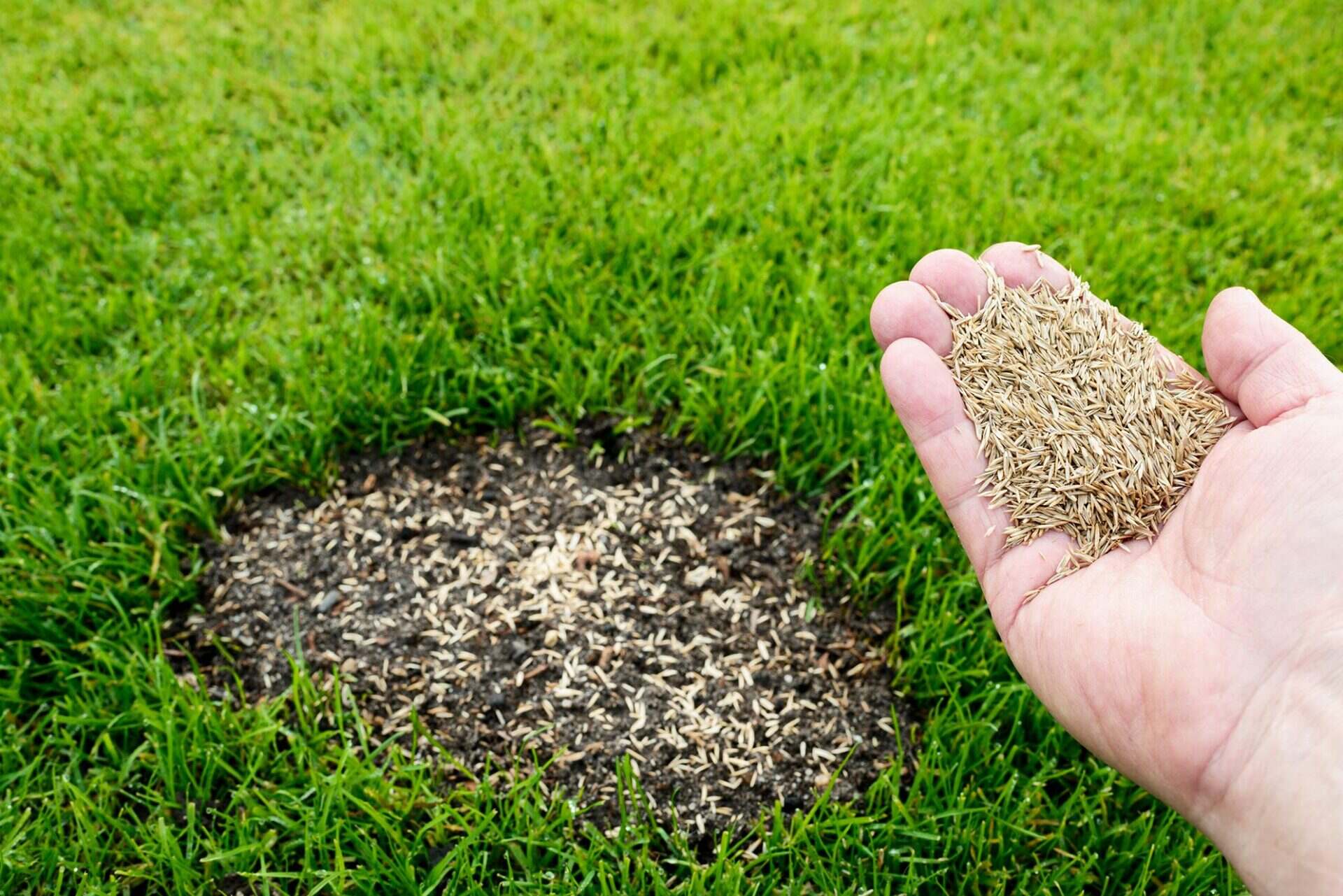
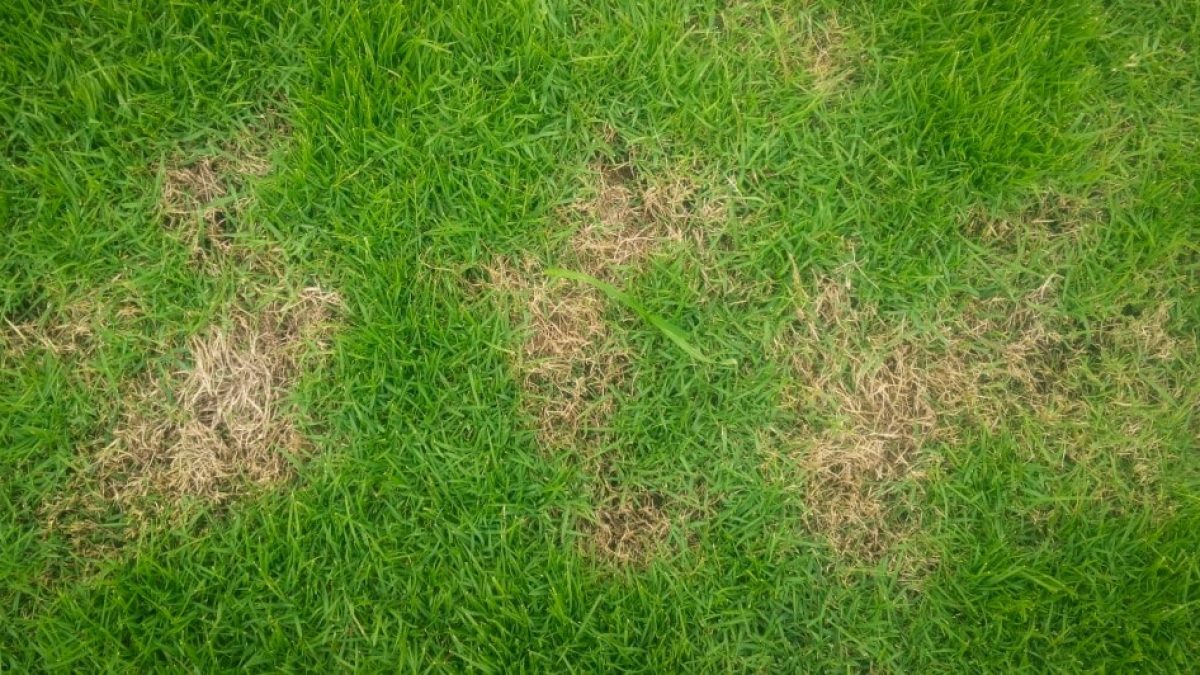
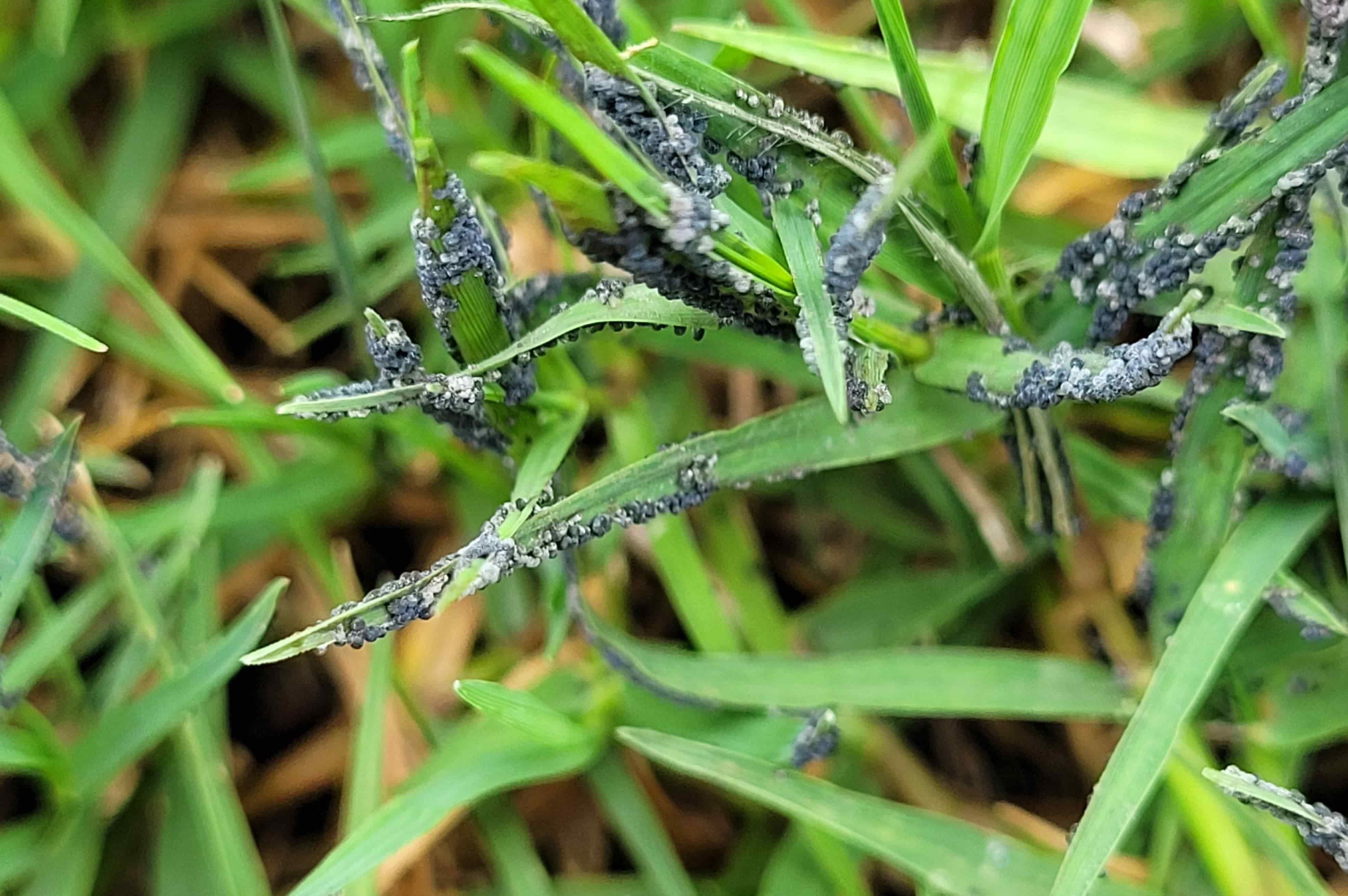
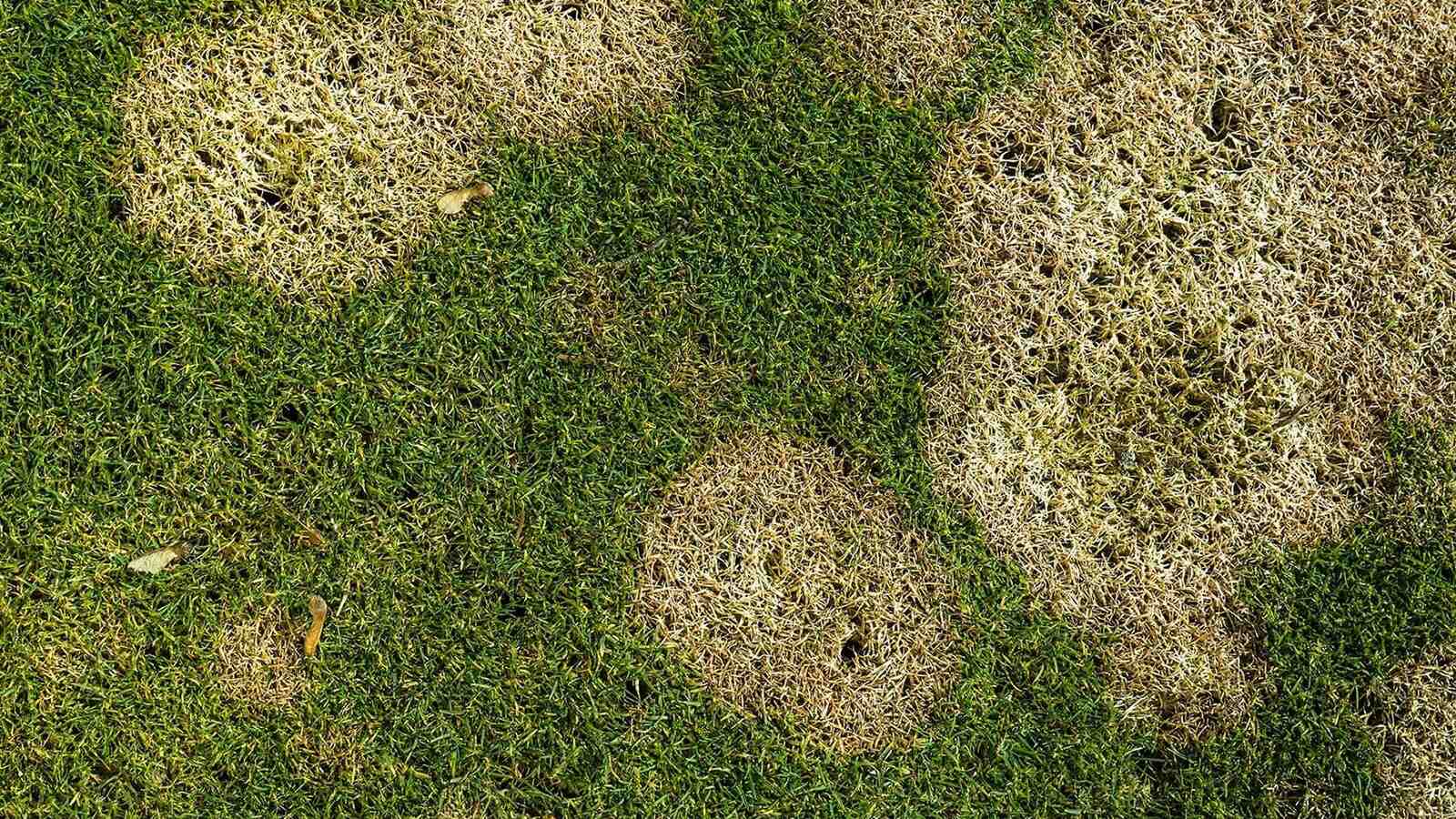
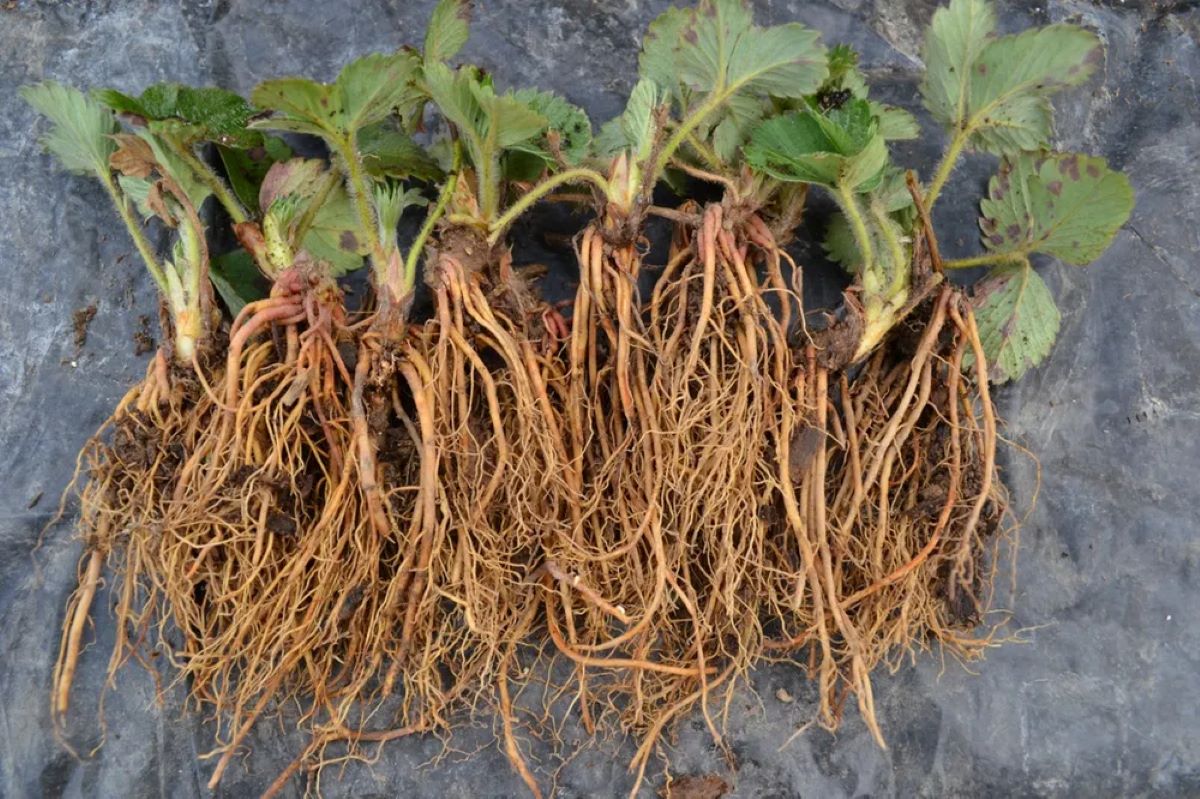
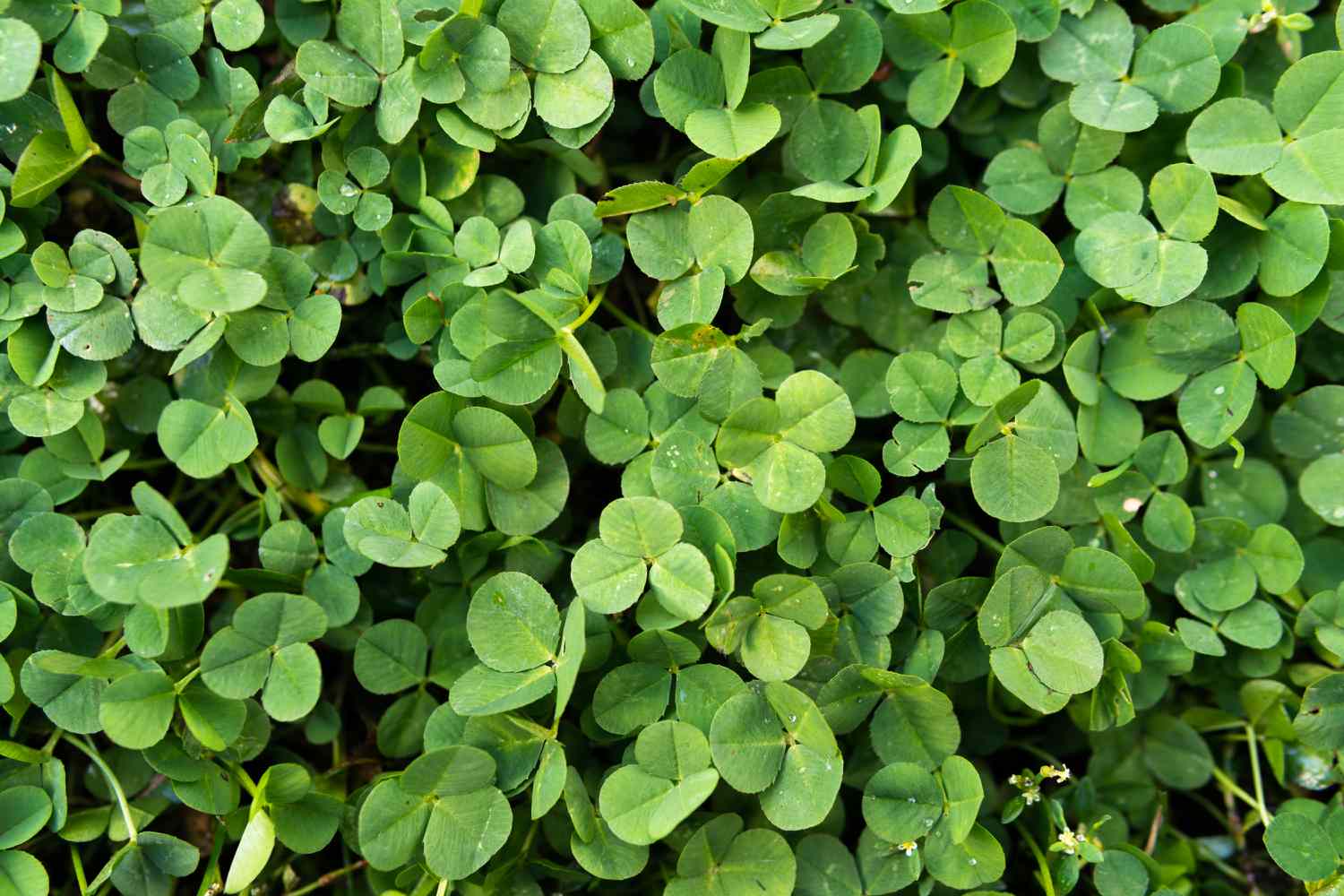
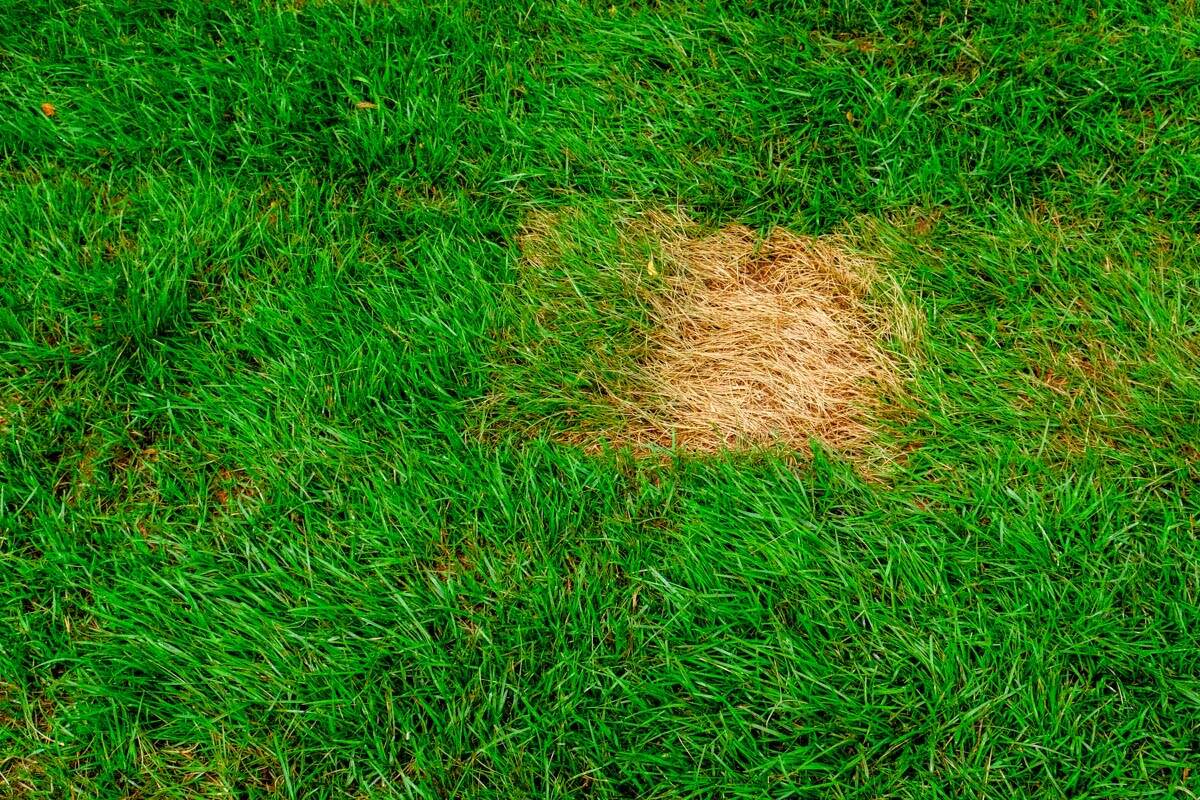
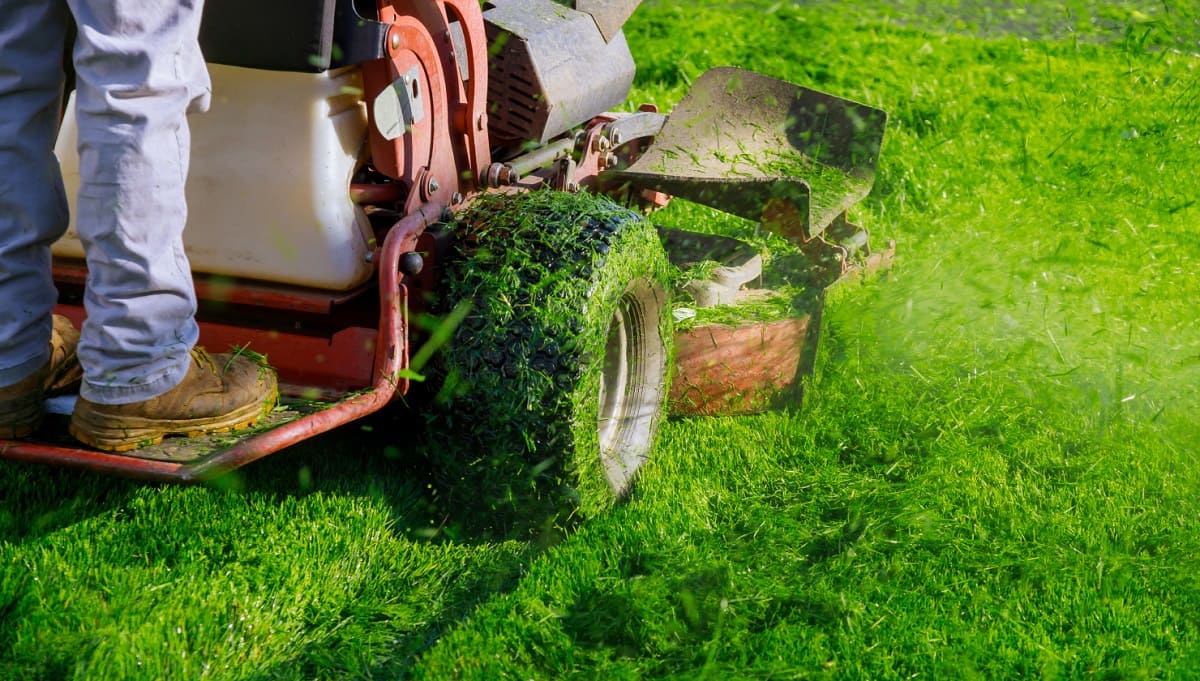
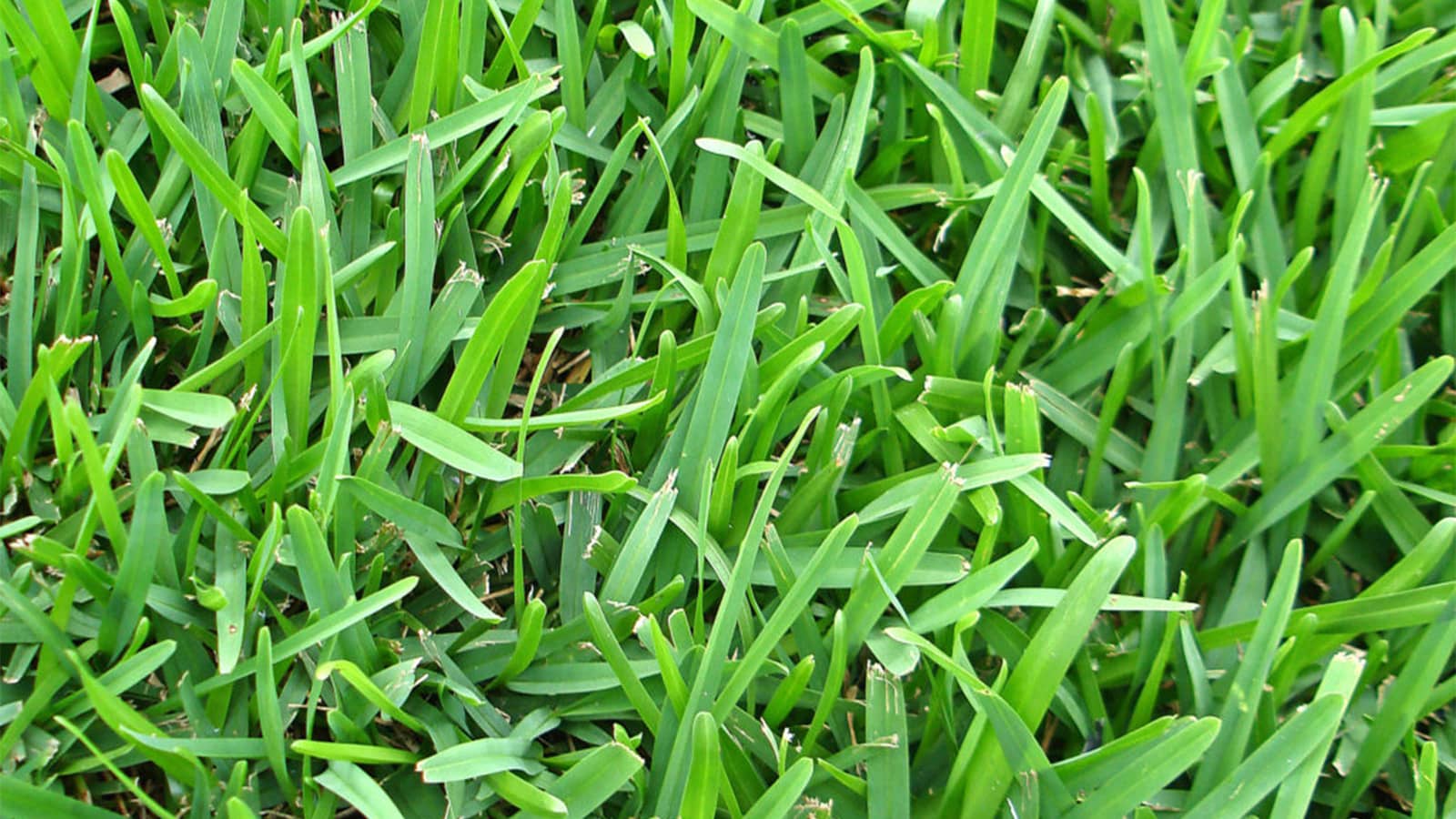
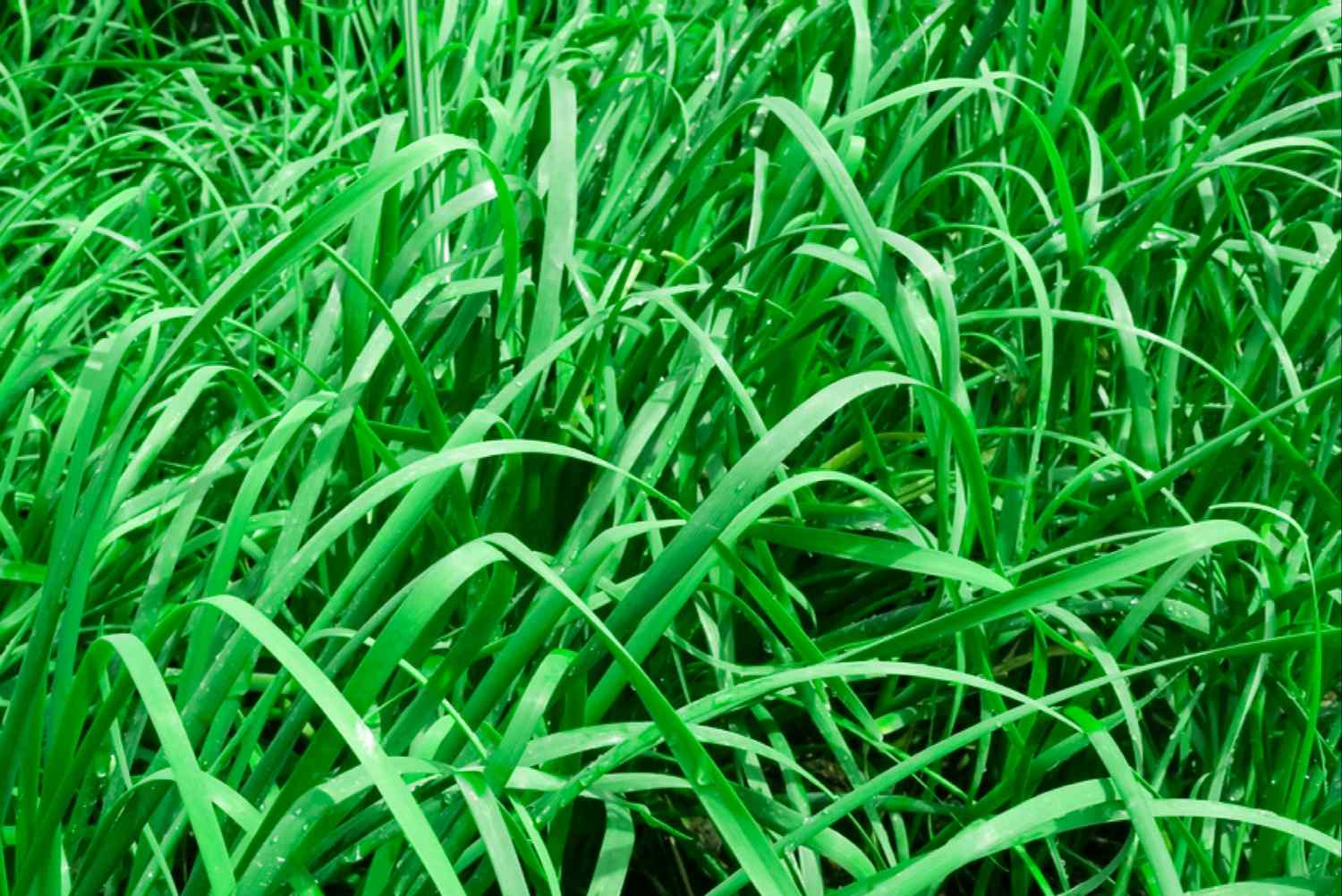
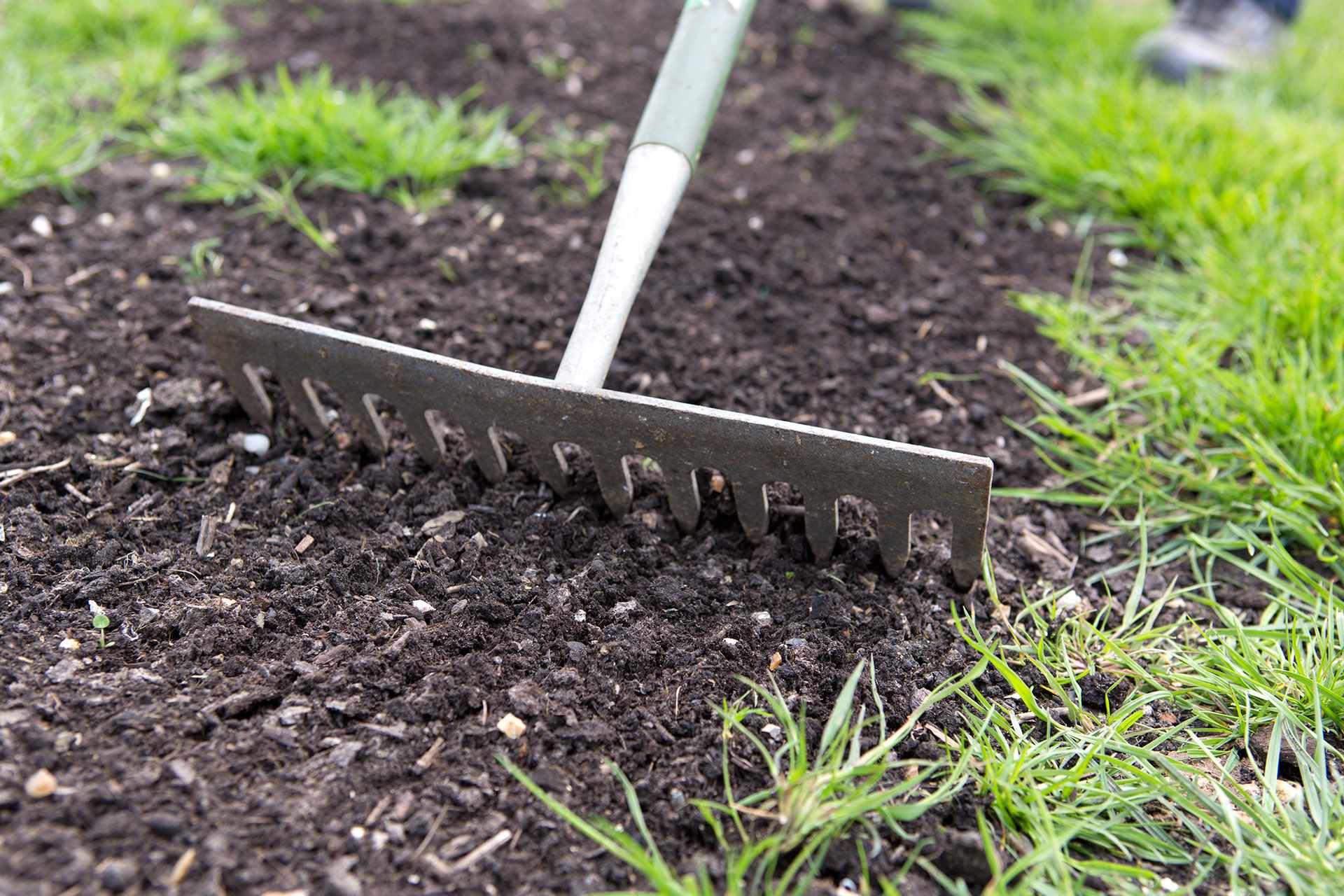
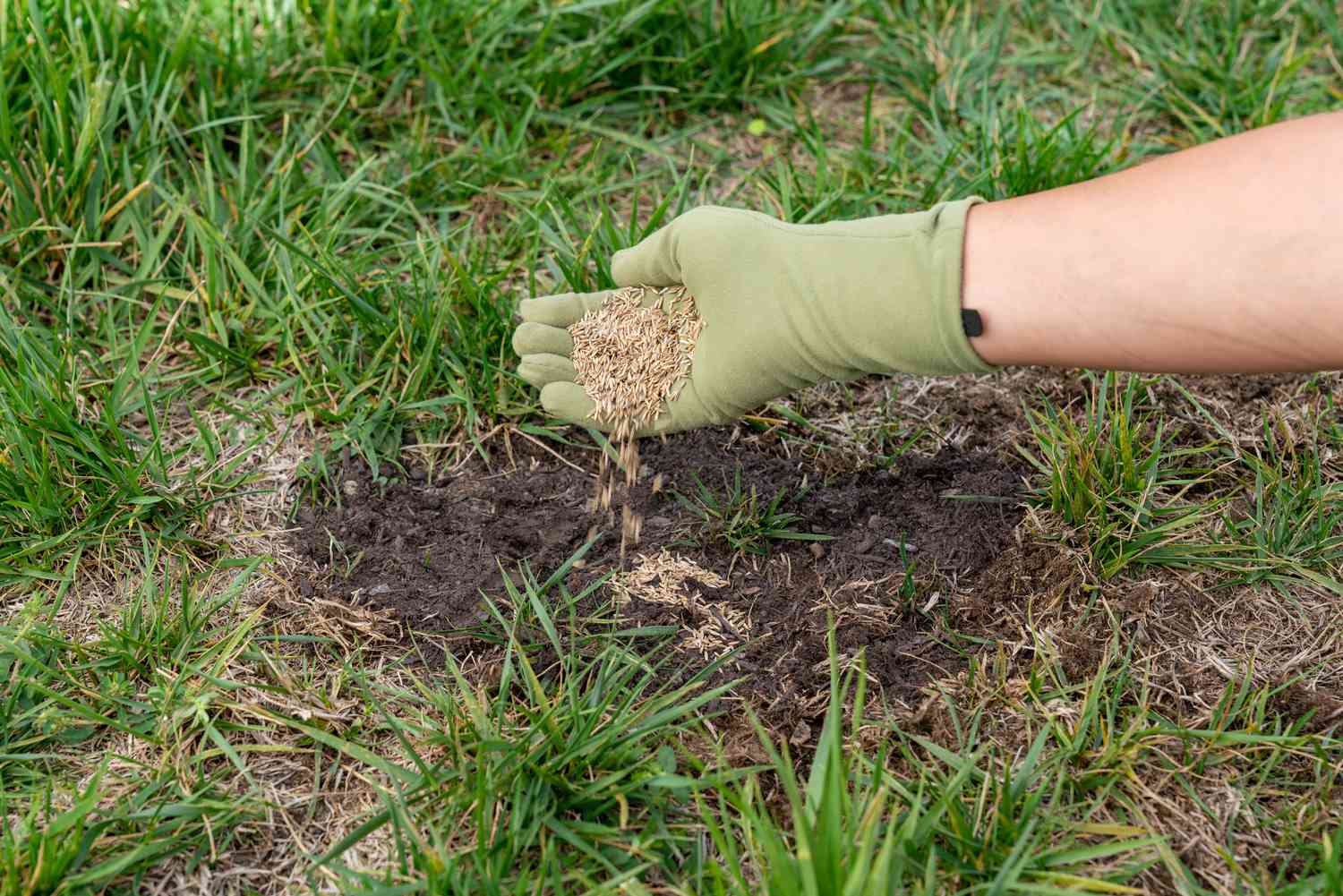
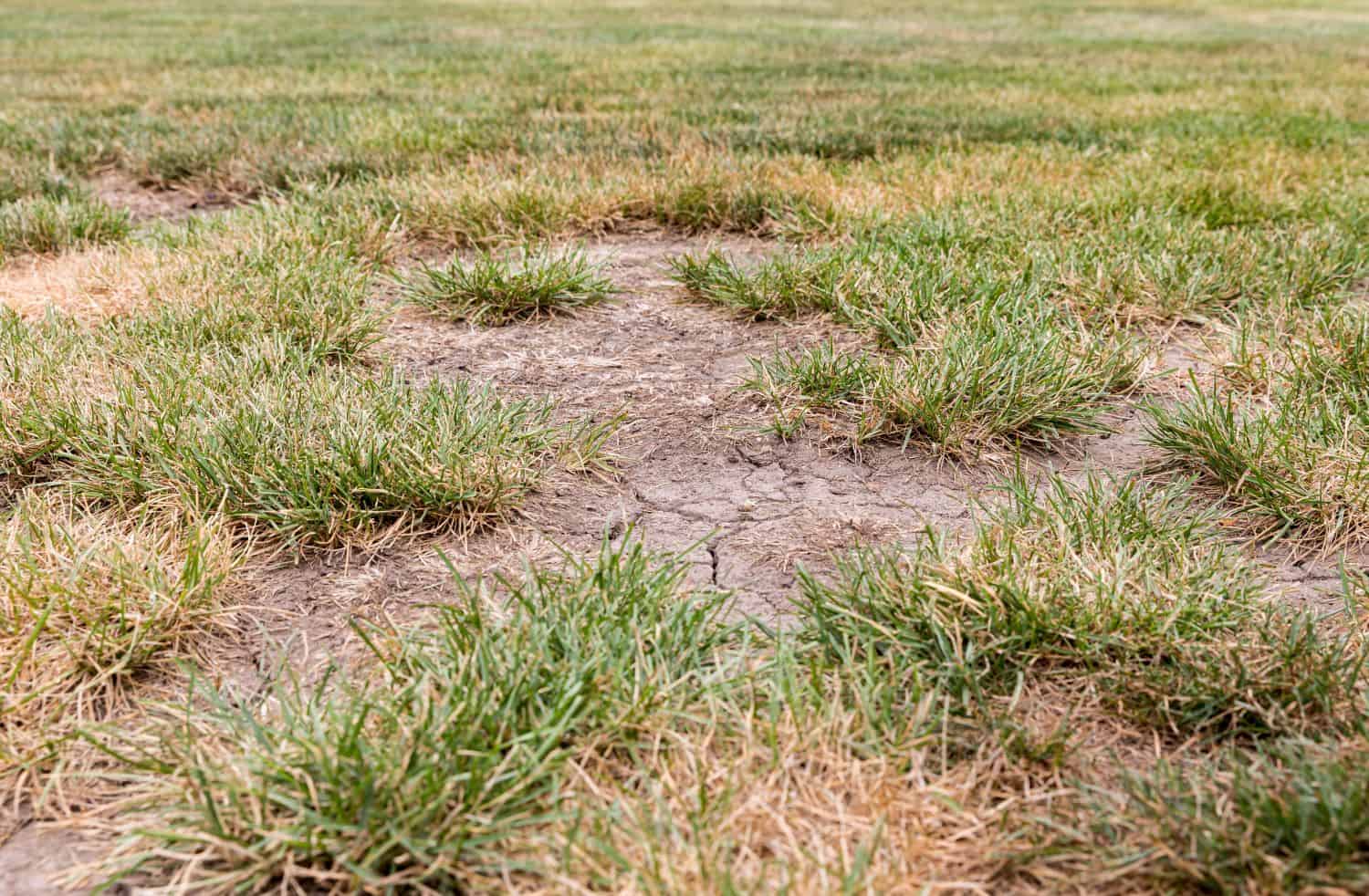
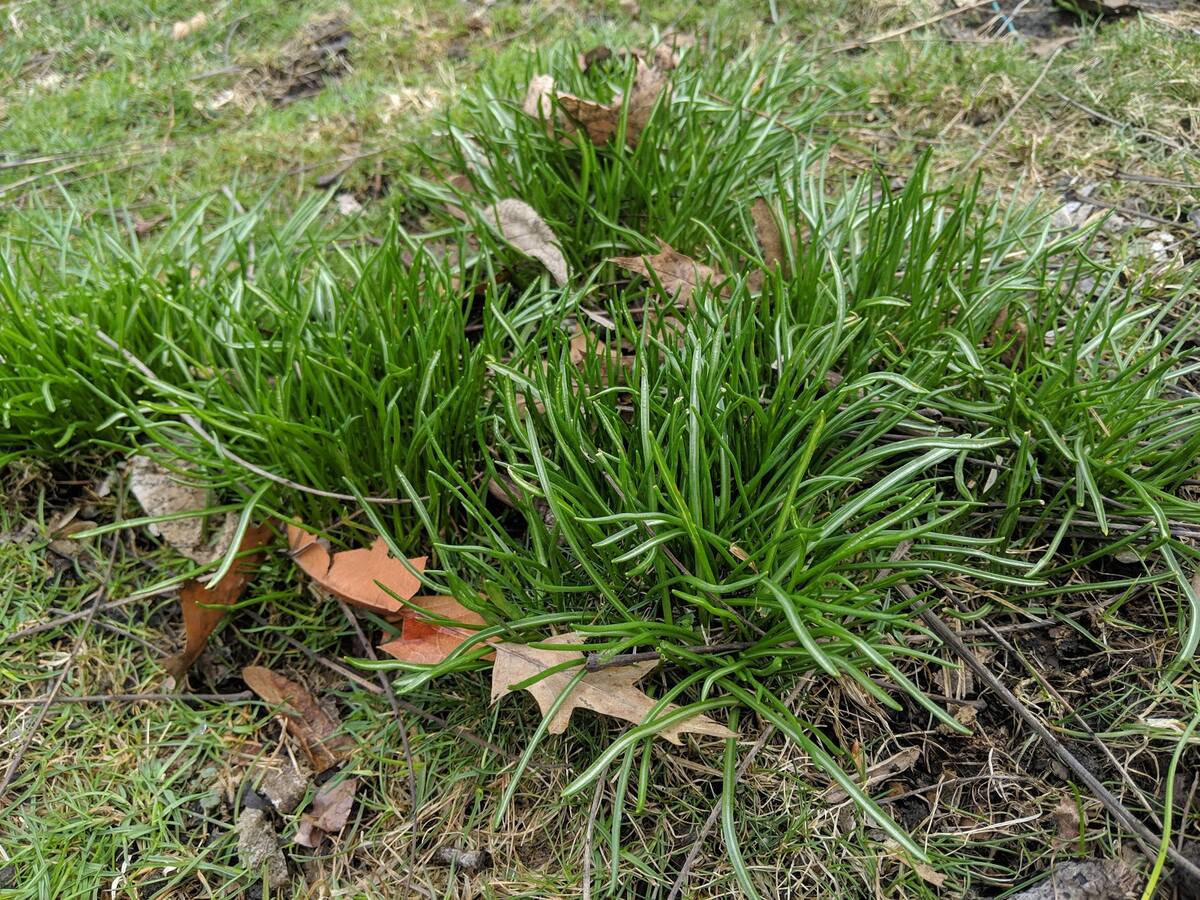

0 thoughts on “How To Plant Grass In Bare Spots On My Lawn”